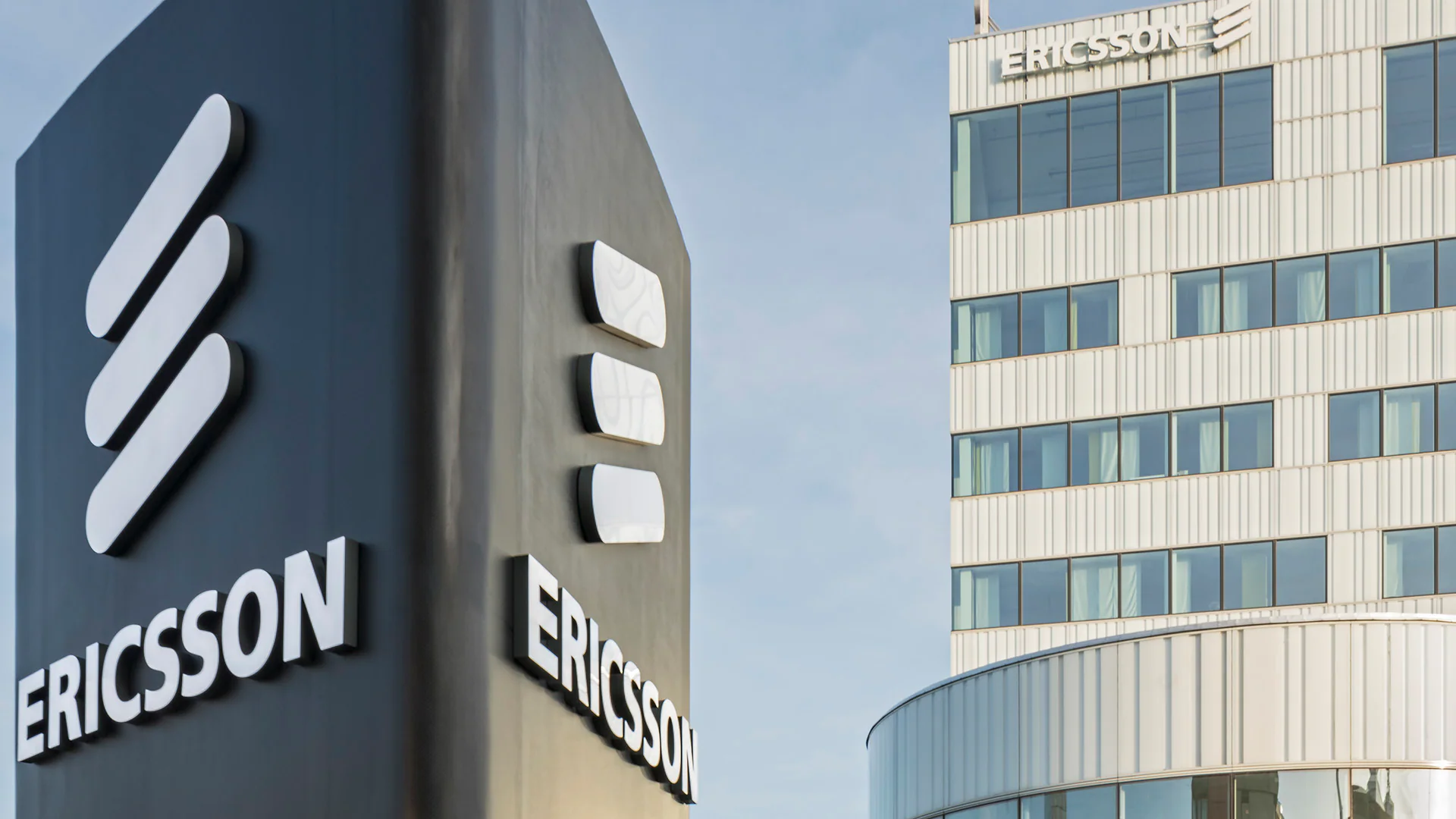Mediacom and PHD are battling hard for £1 billion GlaxoSmithKline (GSK) media business, Marketing Edge can authoritatively reveal. The multinational pharmaceutical company, is reviewing its estimated £1 billion global media business, pitting UK incumbent MediaCom against its US lead agency PHD.
The GSK review follows the completion of a joint venture with fellow pharmaceutical giant, Novartis, in March 2015. Publicis Groupe’s Starcom is the incumbent for Novartis’ media business.
GSK last reviewed its global media planning and buying requirements two years ago, when it divided the bulk of its activity between Group M and Omnicom Media Group.
OMG’s PHD was appointed to the US business, previously valued up to $1.4bn (£900m) along with Canada and West African markets.
Group M’s MediaCom has handled around £75 million billings for GSK in the UK account and Dentsu Aegis Network was appointed in Japan. Confirming the review, GSK said in a statement: “Following the joint venture between GSK and Novartis, the new GSK Consumer Healthcare business combines the best of both companies, and we are committed to ensuring these strengths provide even greater benefit to consumers, customers and our community.
“For media planning, this presents the opportunity to re-calibrate the services GSK Consumer Healthcare requires from its media partners. Therefore we are reviewing the structure of our agency support to drive further efficiencies and define the right operating model to support the business.
“Starcom has decided not to pursue the opportunity at this time following ongoing discussions around the terms of the review. We would like to thank Starcom for the work they have done on behalf of the Novartis brands. Starcom will continue to service the business through a period of transition.”
GSK becomes the latest in a glut of high-spending multimarket media reviews, the likes of which most seasoned agency leaders cannot recall seeing before.
Talking to Campaign about the number and size of live media reviews for some of the world’s biggest spenders on paid media (accounting for more than $25 billion of billings), including Coca-Cola, Unilever, L’Oreal and Johnson & Johnson, WPP’s chief executive Sir Martin Sorrell was certain there is more to it than the cyclical nature of the business.
Sorrell said: “I don’t think it’s a coincidence. Irwin [Gotlieb, chairman of WPP’s Group M]] and I, and he’s been at it longer than I have, we can’t remember anything like this.
“I think clients are insecure. It’s symbolic of number things. It’s symbolic of the old Holy Grail [and marketers asking], ‘am I spending the right amount, should it be more or less, the same?’ and ‘where should I spend it? The choices are much more complex now.” One of the main stumbling blocks, according to Sorrell, is the lack of confidence expressed by clients and agencies alike in the current media measurement systems.
The speed with which TV viewing has switched from traditional screens to mobile screens, for example, has caused a problem for media owners still trading off traditional ratings.
Sorrell said: “On off-line [media] the measurement system is something that has to be improved. We see the same thing around the world, Nielsen is not sufficient.
“Online, clearly comScore is the standard but you have to raise the bar on viewability. We hear 50 per cent of video is not watched, if that’s the case what’s the standard for a view?
“So you have offline not counting out of home, and second and third screens are deficient, so the hurdle is not high enough, and on online [what constitutes a standard video view] is too low, it has to be raised. Group M’s standards for viewability are higher than the IAB’s industry standard, it’s a nonsense.”
Last month, Unilever’s chief marketing officer, Keith Weed, called questions surrounding viewability and verification “absolutely critical” for marketing’s future.
Citing a Nielsen study that found 40 per cent of digital ads are not reaching their target audience, as well as Google statistics that suggest it’s nearer to 50 per cent, Weed captured the mood: “I’m pretty simplistic. We need to get standards to talk about 100 per cent viewability. We need to get what we pay for – and if we don’t, this wonderful industry around digital advertising is going to start undermining itself.”
The CMO admitted he was not surprised by the “industry chaos” right now, due to just how quickly the business is changing, but stressed it needs to be addressed.







Comment
No comments found.